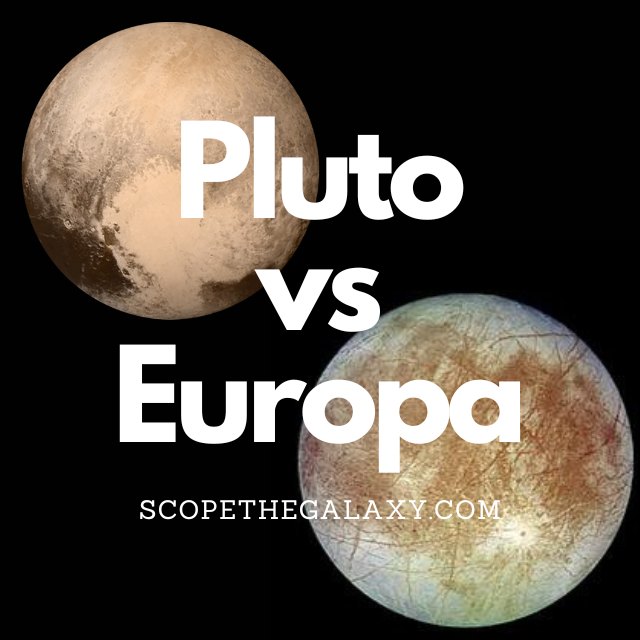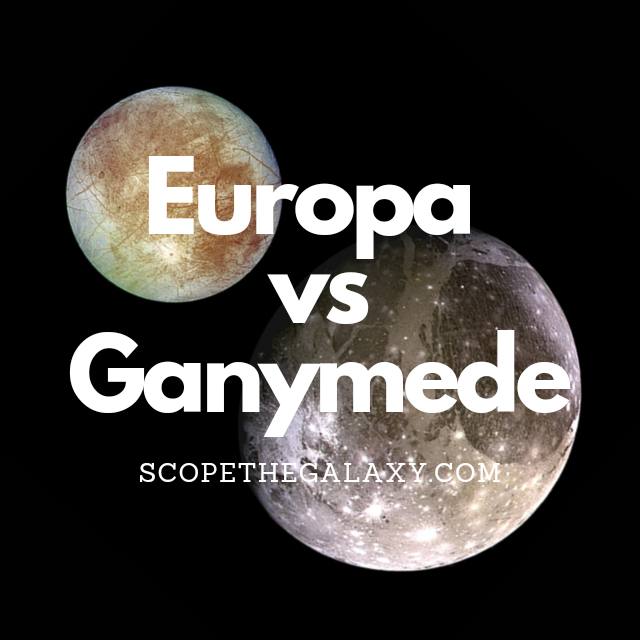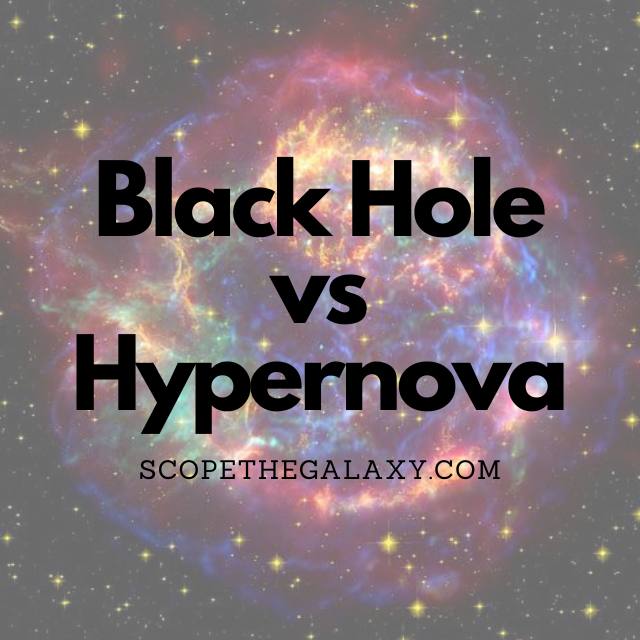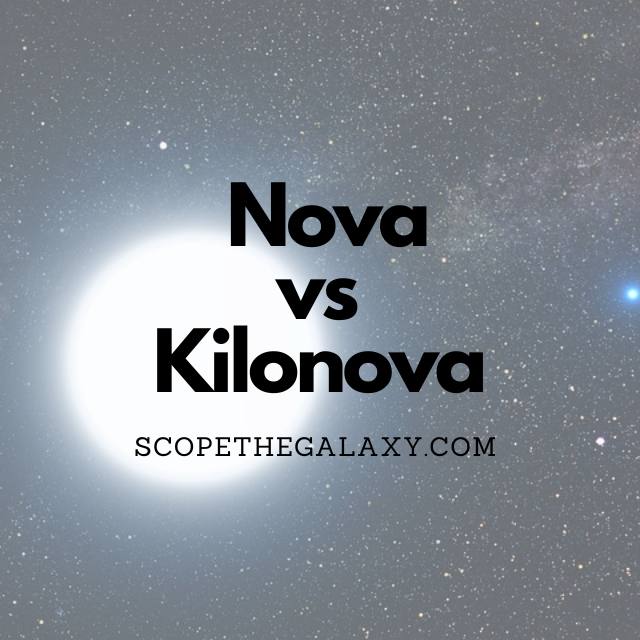Hubble vs James Webb Telescope (How Are They Different?)
The Hubble space telescope was a groundbreaking piece of scientific equipment first sent to space in 1990. While it remains an essential tool for astronomers today, it is predicted to end its life between 2030-2040.That’s why the James Webb telescope was launched in 2021; this upgraded model will complement and continue the extraordinary work done … Read more










